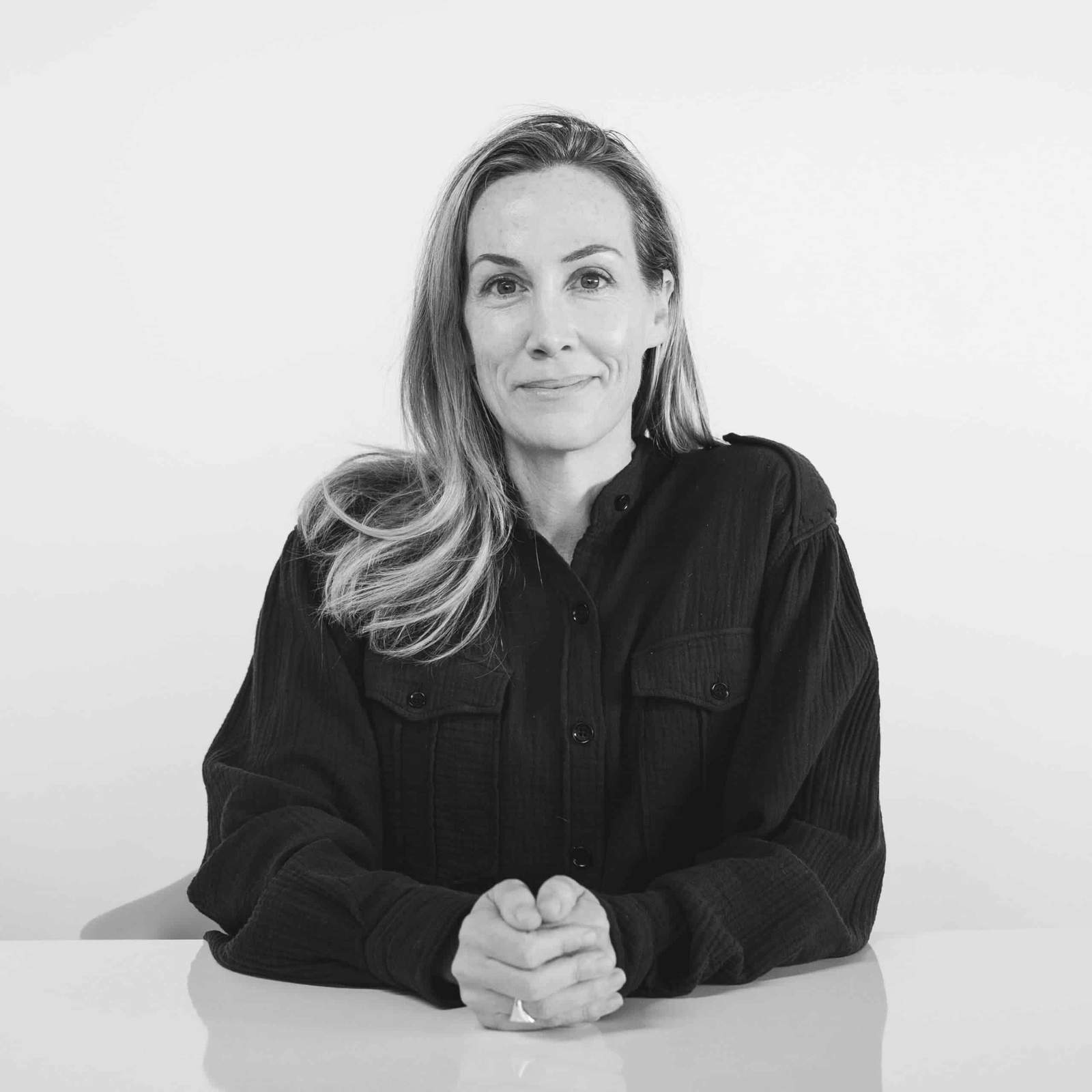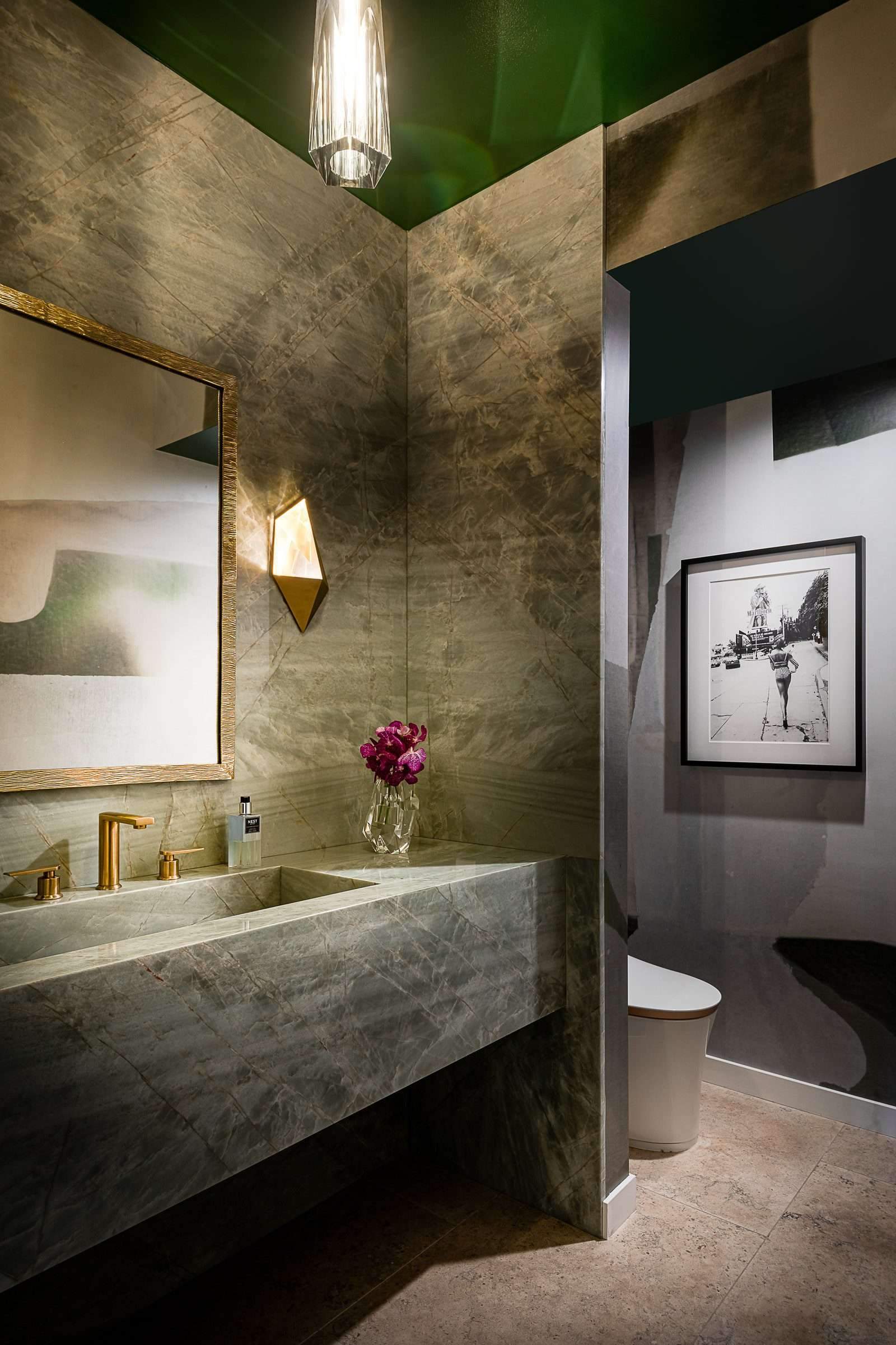Design competitions are a funny exercise: Invite architects to produce thoughtful and visually interesting drawings without compensation, convene a jury to decide which ones are the best, and then write a press release announcing the winners. It’s a relatively commonplace activity used in Chicago that, on one hand, has yielded the Tribune Tower; and on the other, has resulted in thousands of foamcore boards in the dumpster. Earlier this year, when the City of Chicago announced an effort to “repopulate” the South and West sides of the city through infill development on vacant lots in an initiative called Come Home Chicago, it launched a national design competition as an opportunity to address housing scarcity and post-industrial depopulation woes. This is not a new idea: Cities like New York, Los Angeles, and Houston have launched similar campaigns in recent years.
Chicago’s competition, managed by the Chicago Architecture Center (CAC), asked design firms to submit ideas for refreshed takes on Chicago’s iconic housing styles, including two-, three-, and six-flats, rowhomes, and single-family homes—the “missing middle” housing that was wiped out by targeted, racialized disinvestment. CAC’s jury, consisting of four architects and one developer, named 42 finalists. Among them are Jahn, Ross Barney Architects, David Baker Architects, and Tatiana Bilbao ESTUDIO. Each finalist’s design is displayed in an exhibition at the CAC, wherein said foamcore boards are displayed (anonymously) on the CAC’s second-floor gallery. Boards are mounted on rolling, double-sided display cases with visibility issues: Apologies to those finalists whose boards are placed on the bottom, as they’re too difficult to see. Visitors can pay $7 to view the exhibition and scan a QR code on each board to rank their favorites. The entries are also available for public viewing and feedback online.
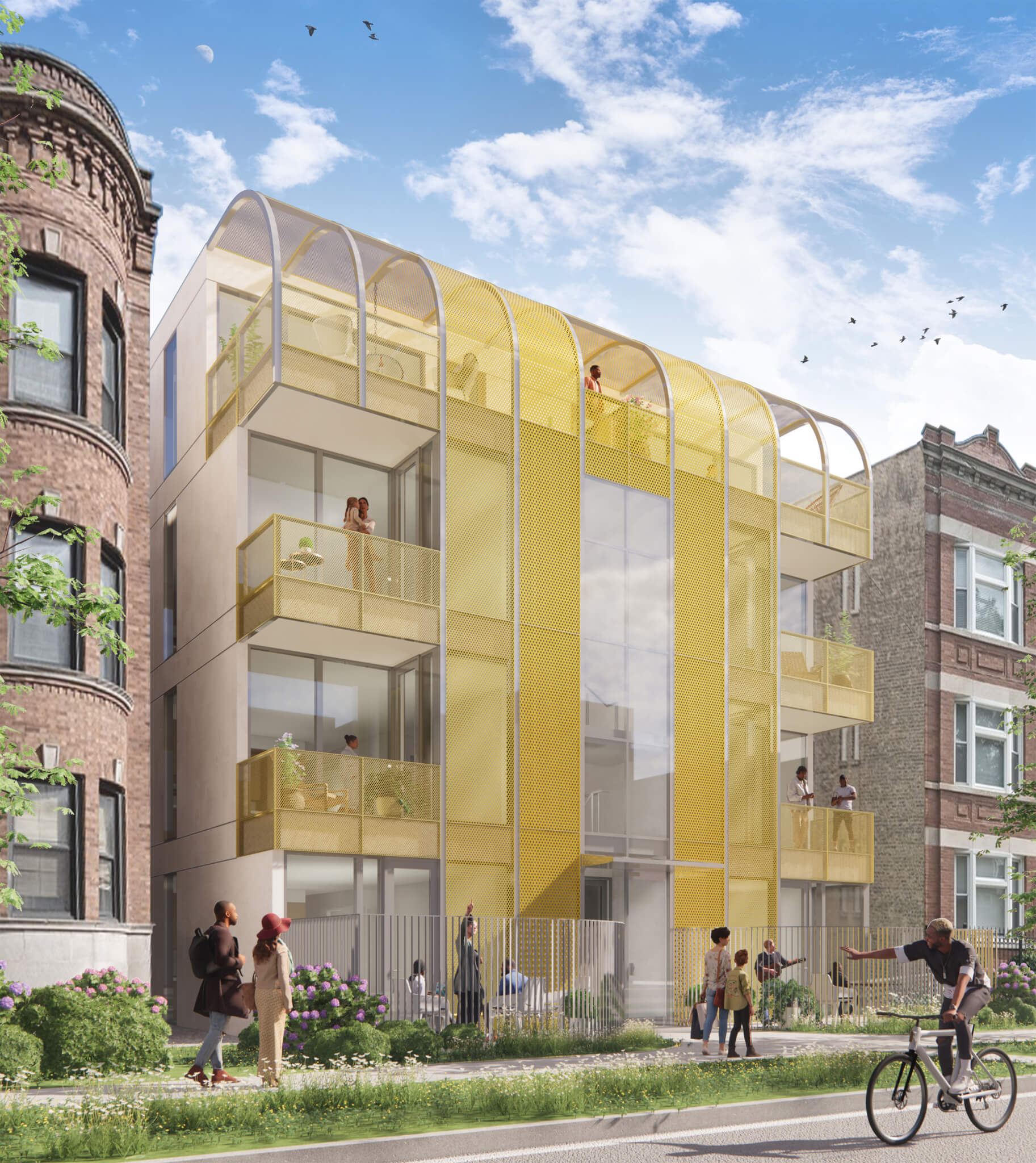
Of the two- and three-flats, entries range from uninspiring to practical. PRODUCTORA’s A Home for Three is colonial-style three-flat with a generous, three-bedroom townhouse; a one-bedroom apartment in the rear; and a small studio on the ground floor. All but the studio have access to private outdoor space through a series of voids cut from the second floor. Ziggy, a two-flat from Chicago-based UrbanLab with The Available City, places two 2-story townhomes on a site within stacked boxes that resemble shipping containers. Their proposal solves the issue of choosing between the privacy of an upper floor flat or the connection to the ground-floor by offering outdoor terraces as the massing narrows.


On the uninspiring end, Chicago Design Office’s Middle House on the Prairie presents a tired rectangular trope—its awkwardly placed windows and measly corner balcony read as cheap; most Chicagoans have observed similar designs popping up around the Northwest side which already embody the “developer-special” aesthetics of gentrification.
Rowhomes stole the show: Frida Escobedo Studio’s City Homestead focuses a series of rowhomes around caregiving. Recycled-brick infill homes adapt to blocks with existing homes and vacant lots using a central spine; each row home can expand into the next, allowing for changing families or shared, communal care. The first floor is devoted to family space, while the second-floor mezzanine offers three bedrooms and a view down into the home’s main floor. Each unit comes with shared rear outdoor space where residents can watch their kids play from indoors. One might imagine how childcare could be transformed through this housing model—a block-wide community of rowhomes connecting families and children spatially and visually allows for more communal means of caregiving.

Most Come Home proposals address sustainability, but the rowhomes by Blacks in Green and TBDA took that consideration to a whole new level. Their PHIUS-certified proposal has a slew of sustainability features, but most invigorating is their proposal to plan several city blocks as part of a scattered-site development. Each envisioned building includes rooftop bio-voltaics and photovoltaics which would serve a proposed microgrid that feeds energy to the entire block, while a network of vacant lots-turned-greenspaces improves connectivity and pedestrian safety. A geothermal well located in the alleyway would allow residents from other nearby homes to “plug in” to the new microgrid, too. Though the building includes few high-design frills or gimmicks making it less visually interesting, the plan supports larger blocks of city life.

None of the proposals included in the exhibition rely on wildly nontraditional forms that would make a longtime West Side resident shudder: Most are modest, could be built and delivered using prefabrication, and reflect careful thinking about scale, connectivity, and privacy. Most would make excellent additions to city blocks.
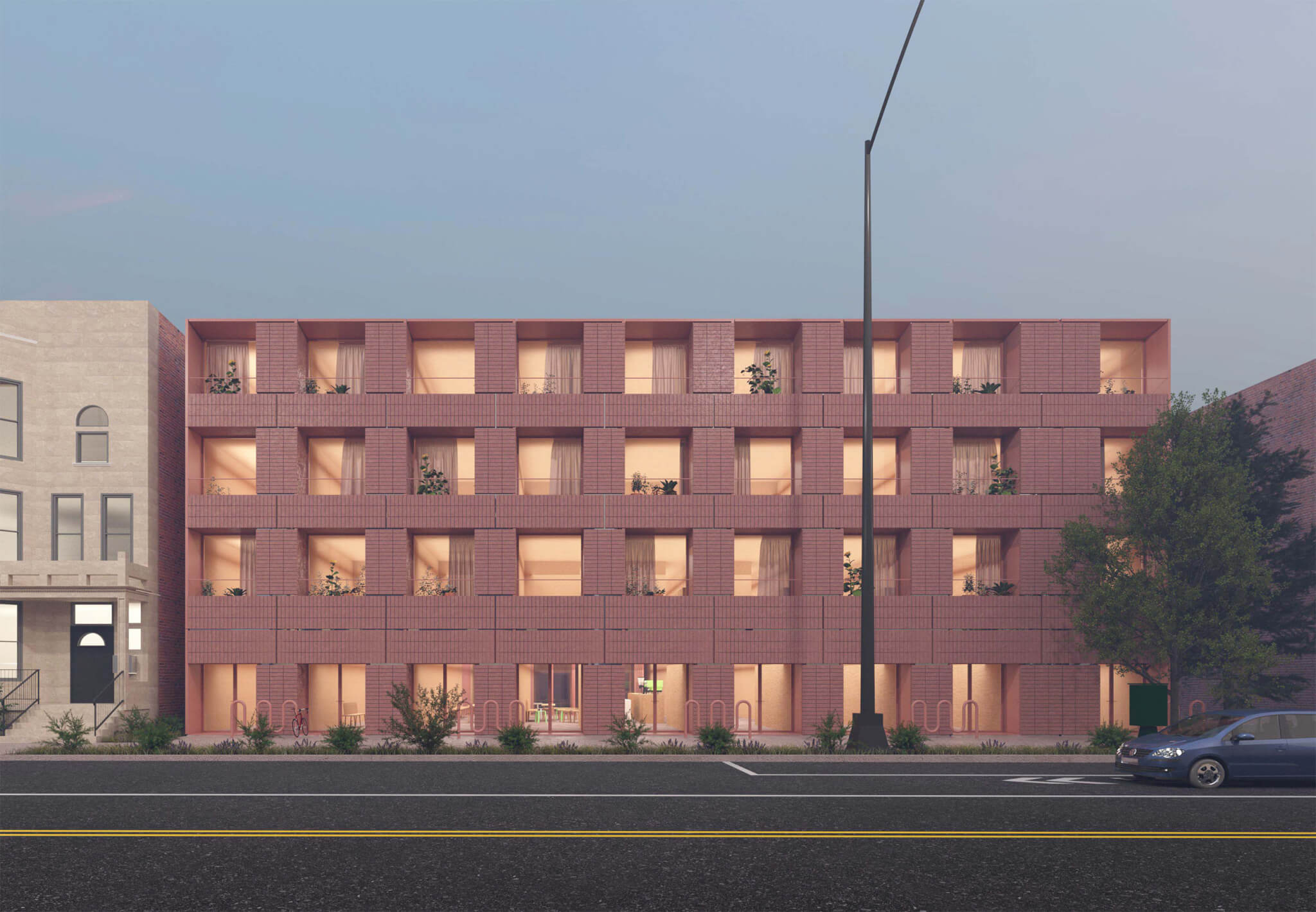
What the exhibition omits is any substantial education, particularly about why these places have become depopulated. Out-of-towners who stop in because they’re taking a CAC boat tour have little opportunity to contextualize these homes within the city’s history of redlining and rampant demolition under 20th-century “slum clearance.” Today the City is attempting to solve a problem that it created decades ago.
Fortunately, CAC has a plan to bring the exhibition to more than just boat tour–takers. The boards will travel around the city through library and police station partnerships, Eleanor Gorski, CEO of CAC, told AN. Getting resident feedback will be critical, as she believes that some of these speculative proposals could get built.
“We would like to see these designs built…That’s the goal, not just this poster show,” she said. “We can now move this forward: Other partners are bringing emerging developers for phase two, and we’re lining up financing with certain institutions.”
Phase two will also announce the competition winners at a to-be-determined date; winning designs will be entered into a pattern book that will showcase these winning drawings to developers. The city could use the pattern book to remove some barriers to getting these projects built: An initiative in Spokane, Washington, that addresses missing middle housing will pre-approve several designs for expedited construction; South Bend, Indiana, published a catalog of pre-approved, multifamily infill housing last year.
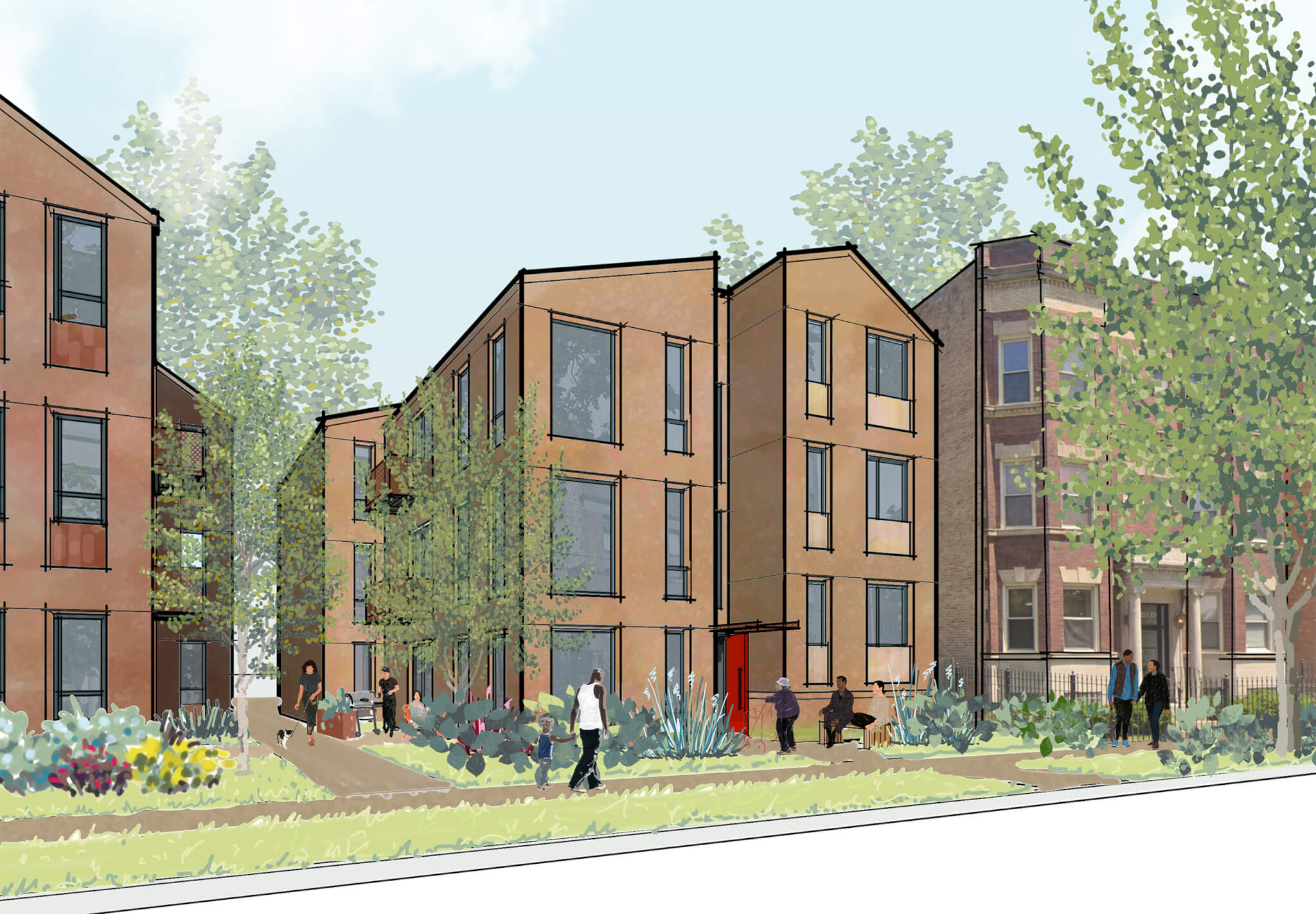
Regretfully, it isn’t likely that many of the Come Home proposals will get built in neighborhoods that need them the most. Mayor Lori Lightfoot lost her mayoral election last month, and though the two remaining runoff candidates have expressed their support to continue Lightfoot’s INVEST South/West program (under which Come Home Chicago is branded), it is unclear how much weight Come Home will carry under a new administration. Its abandonment would be a loss for marginalized neighborhoods, who would benefit from housing density and homeownership. But importantly it’s a reminder that good design won’t solve big problems. Chicago isn’t just missing the so-called missing-middle: We’re missing affordable, 60 to 80 percent AMI housing, and we’re missing emergency shelters, too.

Design prowess is not the issue holding Chicago back from delivering for its residents. It will take an upheaval of political will and financial injection to meet the city’s housing needs at scale. At the very least, Chicago’s incoming political leaders should use Come Home as a compass pointing toward where community design is going: intergenerational living; flexible housing for growing families; CLT and prefabrication; sustainability infrastructure that feeds not just one single-family home, but entire blocks.
We need design competitions like Come Home not because they promise big changes to come, but because they help Chicagoans imagine better ways of living. Without a tide of massive investment in such dreams—investment that transforms these boards into buildings that are affordable and wealth-building for our Black and brown communities—the exhibition is, at most, a whole bunch of foamcore heading toward the dump.
Anjulie Rao is a journalist and critic focusing on the built environment.


